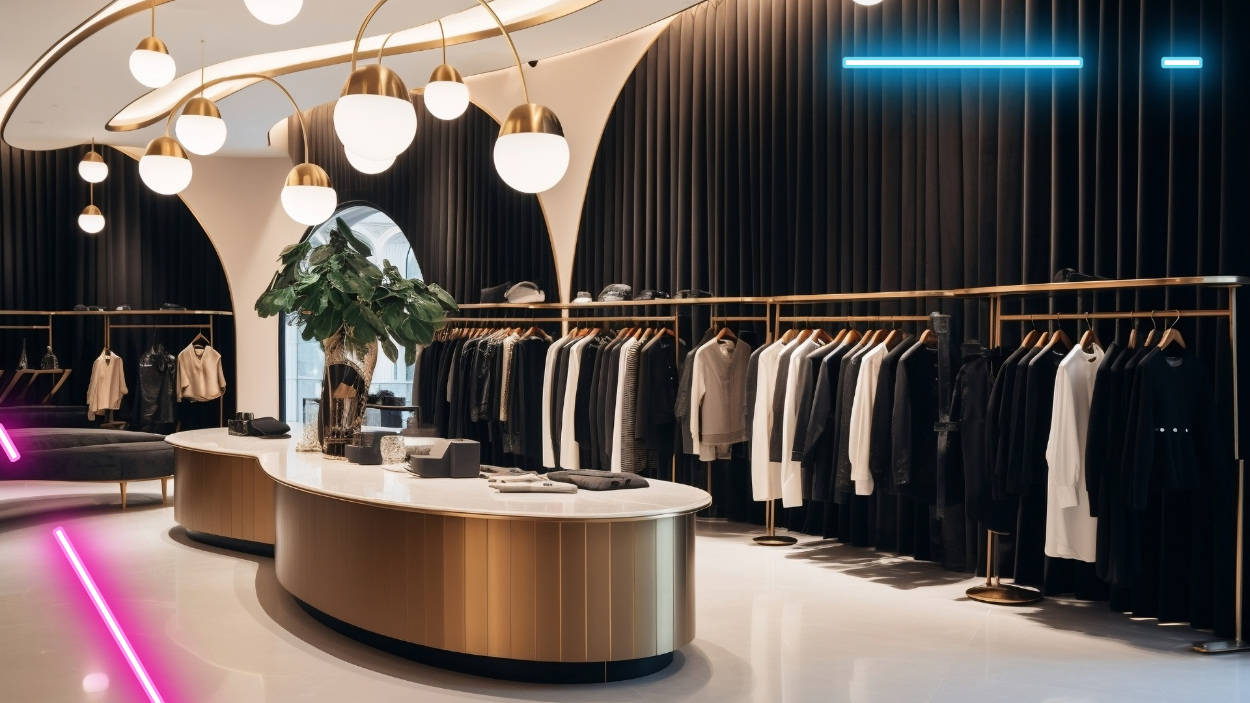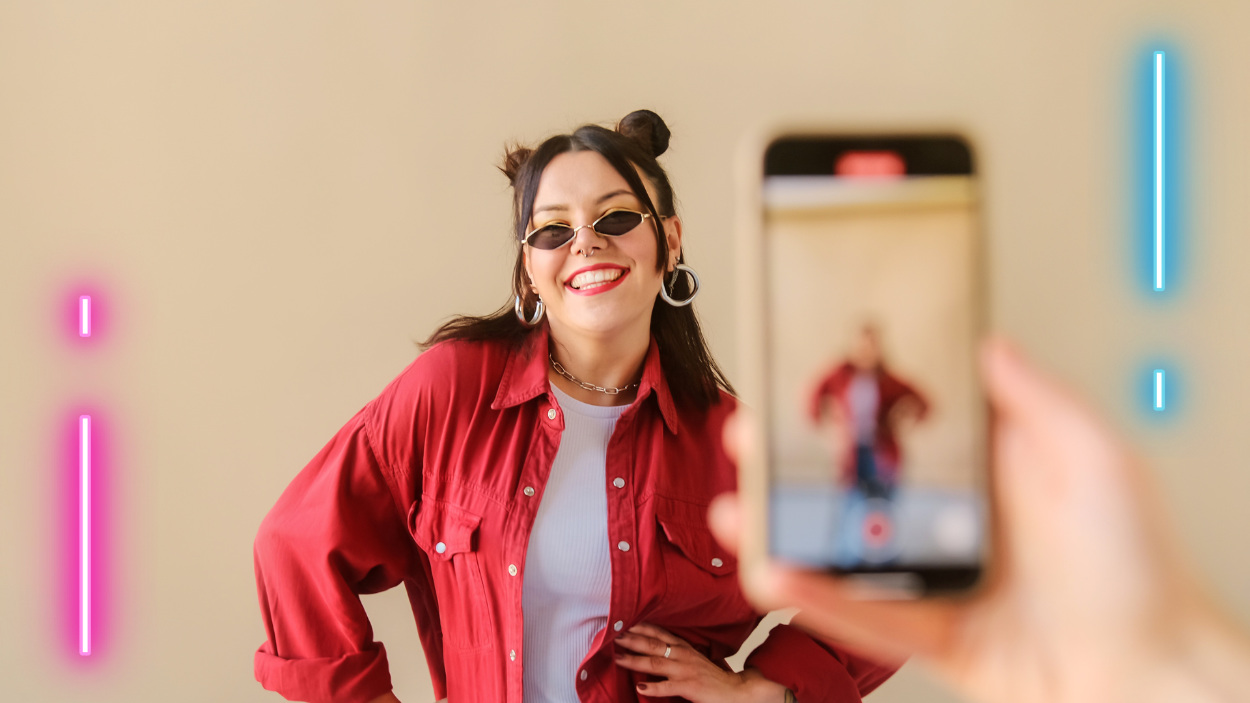
Key Takeaways:
- The fashion industry’s first-quarter 2024 financial results depict a diverse picture, with some brands experiencing significant declines while others report growth.
- The potential ban of TikTok in the US, and deeper regulatory scrutiny in the EU, adds another layer of uncertainty for brands and content creators reliant on that platform or other social channels, necessitating strategic foresight and adaptability.
- Amidst the challenges – some of which themselves have a technology component – there are still likely to be opportunities for innovation and diversification that are both cultural and commercial.
Fashion’s first quarter 2024 financial results are in and they’re not pretty – for some.
Kering shares took a steep dive of over 8% this Wednesday morning, following an announcement from the French luxury conglomerate. Last month, the brand already forecast an anticipated 20% decline in Gucci sales for Q1 2024, and now reported that it expected a decline of between 40 to 45% in first-half operating income and a decline of 10% in group sales compared to the previous year’s figures.
Another luxury brand grappling with disappointing first-quarter results is Valentino, who on Tuesday reported a 3% decline in year-on-year earnings, and an 18% drop in operating profits. The brand explained, in an email message to the press, that the results are a response to “a challenging global context for the luxury industry.”

US-based brand Thom Browne’s falling revenues (down 34% year-on-year) also impacted parent company Ermenegildo Zegna Group’s financial performance, where group sales declined 5%. In this case, the decline was attributed to lower-than-expected direct-to-consumer sales in China and reductions across Thom Brown’s wholesale accounts.
On the other side of the spectrum was LVMH who reported 3% growth, commenting that it has had “a good start to the year despite a geopolitical and economic environment that remains uncertain.” And Prada Group – who owns the Prada brand, Miu Miu, and Church’s – saw a whopping 16% increase in revenue, with Miu Miu retail sales up 89% year-on-year. Patrizio Bertelli, Prada Group Chairman and Executive Director, commented that the group “delivered a solid performance in a more challenging market environment” and aims “to maintain flexibility and agility to respond to constantly evolving industry dynamics while continuing to innovate and invest across [their] business.”
From their statements, fashion businesses who had strong financial performances, as well as those that did not, both made reference to the tough market conditions that the fashion industry is currently facing. This is by no means exclusive to the luxury sector (although analysts do continue to treat luxury as a bellwether for all-round industry performance), and the complicated mix of economic, environmental, and commercial forces is affecting brands of all shapes and sizes.

In this context, the possibility of one of fashion’s top channels for consumer engagement (and one that has also made a recent, sizeable, push into direct social commerce) vanishing from a key market is less than ideal. But nevertheless, this week the US Senate approved a controversial landmark bill that gives TikTok’s Chinese owner, ByteDance, nine months to sell its stake or the app will be blocked in the United States.
The bill has reportedly also reached US President Joe Biden, who has not hesitated to sign – setting the stage for what could be a legal showdown between the US government and ByteDance if the company follows through with its threat to sue. The Interline has already written about how the ban may affect TikTok’s ecosystem of brands, creators, and advertisers in general – but what about in this fashion economy that is facing ongoing supply chain disruptions, persistent inflation, curtailed consumer spending, rapid technology shifts, evolving legislation, political concerns, and an ever-changing competitive environment? How might TikTok becoming unavailable affect the wider market? And what does this indicate for how closely technology and fashion market performance are linked?
We also need to remember that it isn’t just the US that has TikTok in its line of fire: European Union authorities have issued warnings to the company, implying substantial penalties and potential restrictions on its new TikTok Lite app, recently launched in France and Spain. Officials argue that TikTok Lite’s inclusion of a user rewards system could cause addictive behaviour among young users, and they allege that the company failed to conduct a comprehensive risk assessment – and this is on top of the global concerns that persist around data repatriation and privacy.

The EU had granted TikTok until the 23rd of April to furnish the overdue report, but the Commission revealed that TikTok had not delivered either document within the deadline it imposed, earning itself a second investigation under the European Union’s Digital Services Act. The probe means the Commission imposed another overnight deadline – Wednesday the 24th of April – for delivery of the risk assessment and a 3rd of May deadline for information on harm mitigation.
So what are brands and content creators – the latter of whom make a living on the platform, and the former of whom recognise that, despite the friction around its ownership, it remains one of the primary channels for consumer acquisition and engagement – to do?
When the going gets tough, in any circumstance, it becomes about thinking several moves ahead, and being ready to make a multitude of different approaches depending on how things play out. In fashion’s case, this will mean that brands, retailers, and content creators will have already begun spread their creative efforts across multiple technology platforms, broadening their investments and income sources. Many already do post across the various platforms available – mainly TikTok, Instagram, YouTube, and X – but now it will really be about optimising each one, and seriously considering how this might change if TikTok is removed from the mix.
And this diversification could very quickly translate into a pullback that snowballs; when one brand stops advertising on TikTok, others will follow, and the timeline within which ByteDance will be forced to divest itself of the platform (currently 9 months to a year) will cease to matter, as TikTok’s cultural and commercial relevance declines.

While there is a risk of livelihoods being shaken up, though, this could also be a chance for innovation. It might mean rethinking the current style of filming and the length of videos being posted, as well as the content. TikTok is known for being less polished and more fun than the other digital spaces, so there could be a change in the way that brands and creators post there in terms of authenticity. There is a possibility that the other platforms will also change if TikTok is banned.
TikTok itself, of course, is changing its standard modus operandi of short-form videos by encouraging their users to post photos using its Carousel feature – allowing for posts with two to 35 images to be posted in a scrollable format. The functionality is similar to Instagram’s Carousel feature, but offers greater versatility as Instagram can only accommodate up to 10 photos. Modern Retail reports that “TikTok-heavy brands” have found the Carousel function useful for building brand awareness and is good for storytelling.
TikTok has also just released a new app called TikTok Notes that is a photo-sharing app like Instagram – as yet only available in a few regions. TikTok is clearly stepping up its game with these new features, possibly in response to looming threats of a ban. But, despite its efforts, the platform is looking like technology that already exists – leaving ample opportunity available for different and innovative sharing platforms that could offer benefits to brands and content creators, even amidst uncertainty.
And finally there is the very real impact that a sudden void in the online / social shopping landscape will create; TikTok has, not very subtly, been repositioning itself as a commerce destination over the last few months, and for brands and creators that have begun to successfully sell through the platform, the need to migrate that setup to other channels could also become urgent depending on how quickly the snowball effect takes place.

